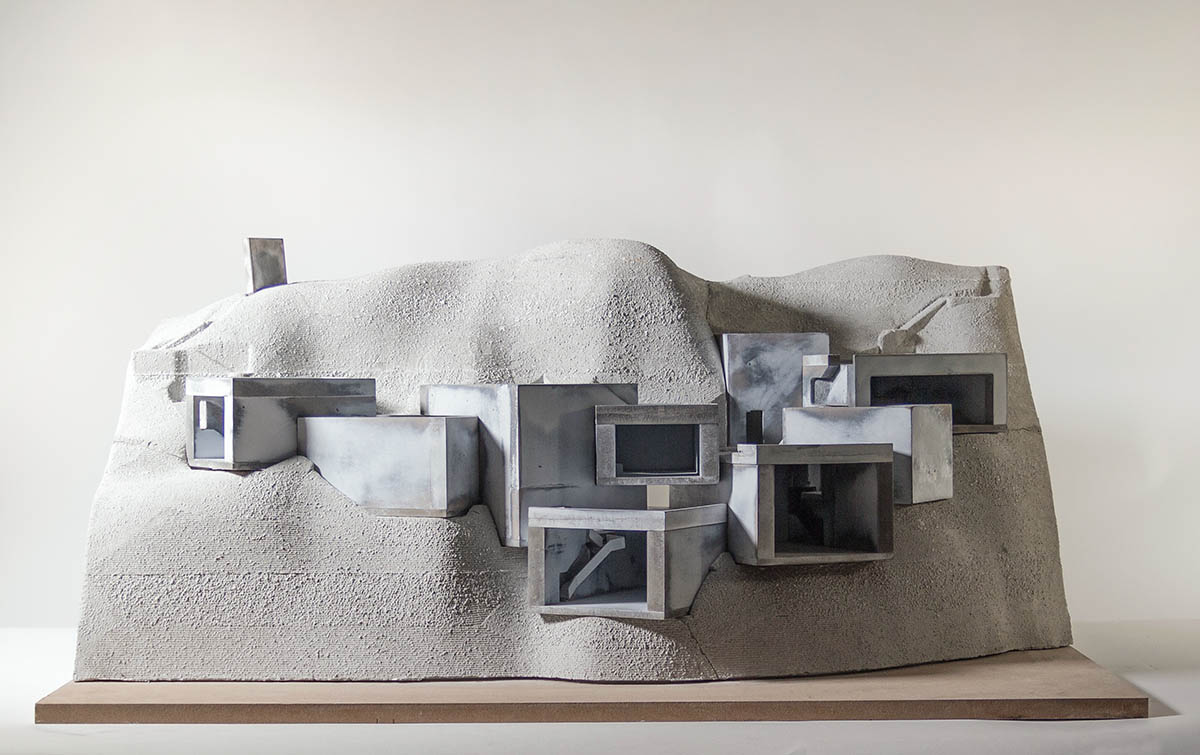Tibet Contemporary: Building in the Himalayas
It is in Tibet that we can rediscover the inextricable relationship between architecture and landscape, the coherence between human settlement and nature, the simultaneous existence of the spiritual and everyday life, and a place where the humble and the sublime complements each other.
Part of the Tibetan cultural identity is a distinct and rich architectural tradition that shows flexible adaptation to local climatic conditions, topographies, and the availability of building materials. This architectural identity is evident throughout the Himalayan region and the adjoining Qinghai-Tibetan Plateau. Yet, Tibet is facing the social-environmental pressure of a rapidly expanding tourism, a high-speed urbanization, and more fundamentally, a dilemma of identity as it examines what it means to be traditional and/or to be contemporary.
The studio will undertake the challenge of designing a building or landscape in Tibet. The overall site is in the eastern part of the Himalaya Ranges, at the foot of the Mount Namcha Barwa in Nyingchi County of Tibet Autonomous Region. Students will have the opportunity to choose from a number of specific sites along the Yarlung Tsangpo River.
Starting by research on Tibetan vernacular farmhouses and monasteries, and analyzing problems and potentials of the provided sites in the first 2-3 weeks, students will finalize their site selections and program proposals (ie, a visitor center, a museum, a community center, a village school, or a hostel) during a sponsored field trip to Tibet in the last week of September.
Following the studio trip, students will further develop their concepts and designs. In the design process, students will encounter questions of multiple layers: What are the advantages and disadvantages of designing a building or landscape in a distant place and a different culture? What would be an appropriate attitude towards this particular culture? How to achieve contemporaneity in architecture there? What could we contribute to the place and culture ultimately through architecture? Projects will be developed and reviewed in small scale sketch models and large scale study models.
This course has an irregular meeting schedule.
Zhang Ke will be in residence on August 28 and 29, September 12, 13, October 10, 11, 17, 18 and 31, November 1, 14, 15, 28 and 29, and December 6, 7, or 8.
The instructor will also be available on the morning of studio days to account for “off-week” missed time.
Click here for trip/travel information related to this studio.
Projects
-

Tibet Contemporary – Outside/In_Between
Fall 2017